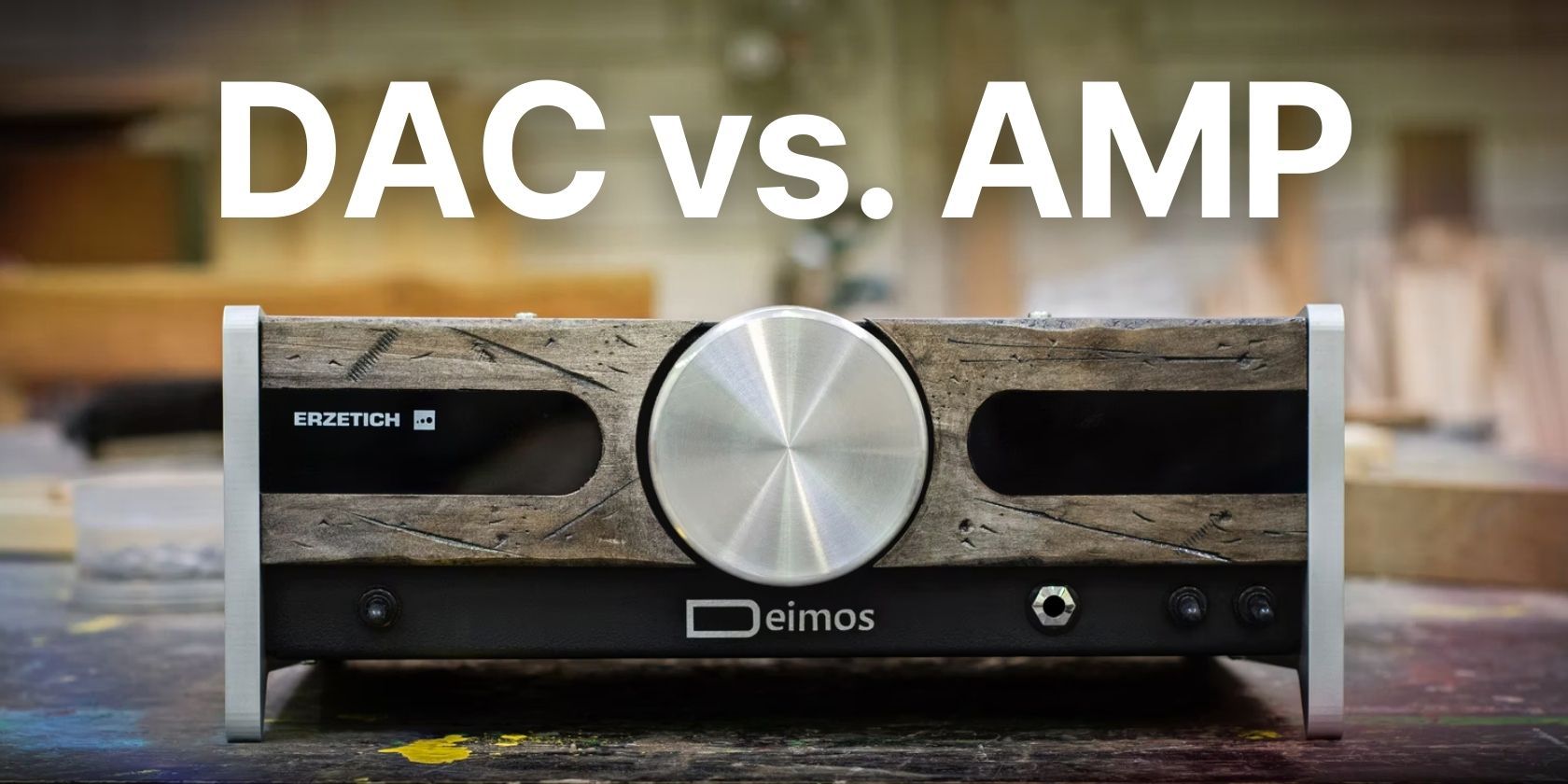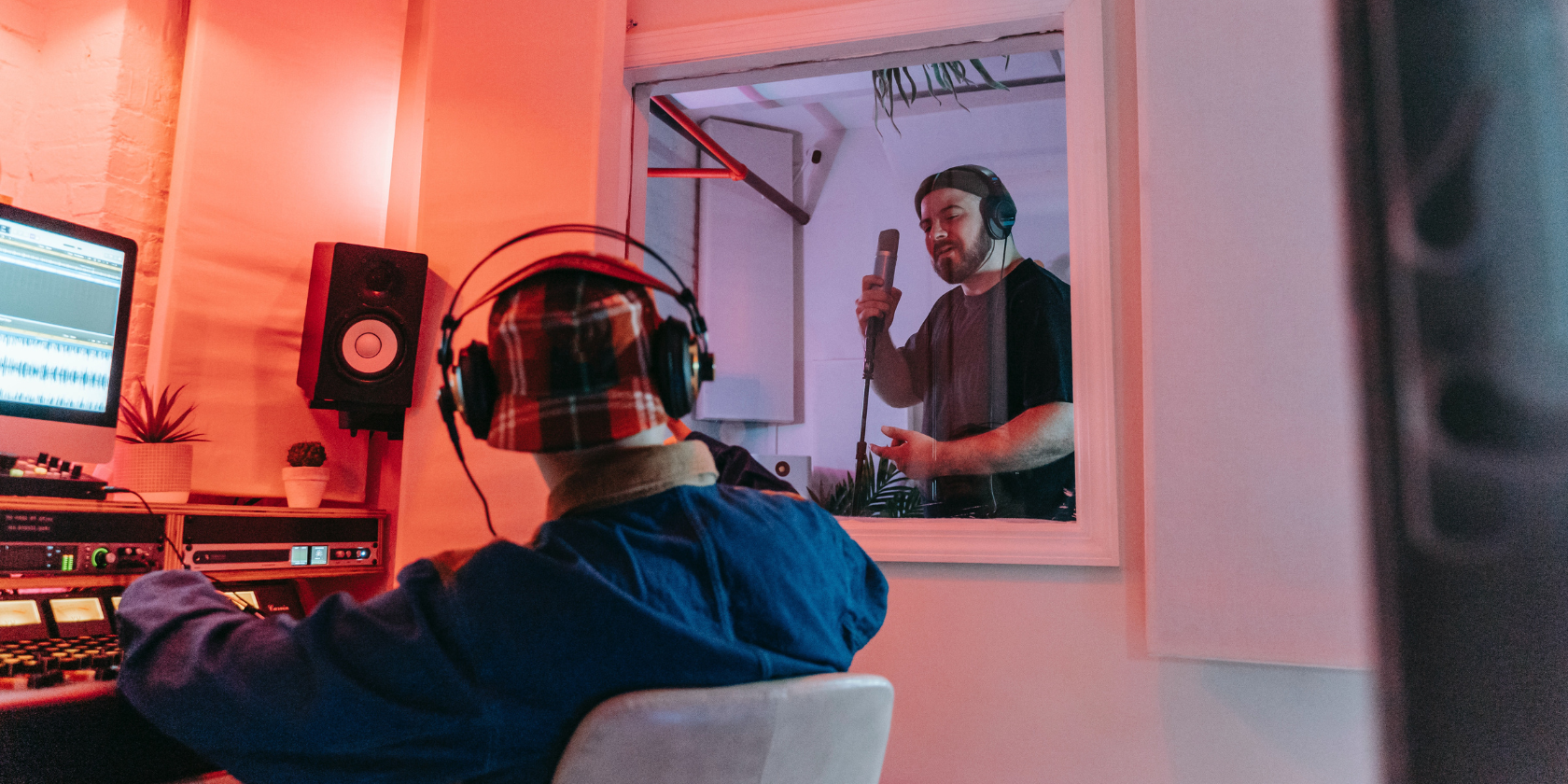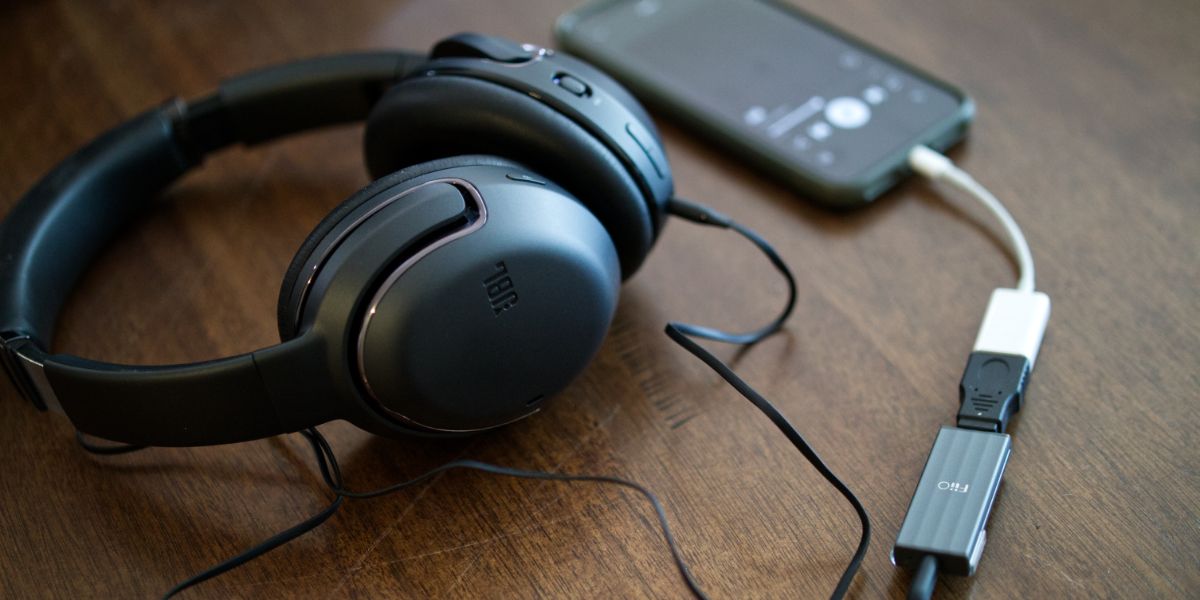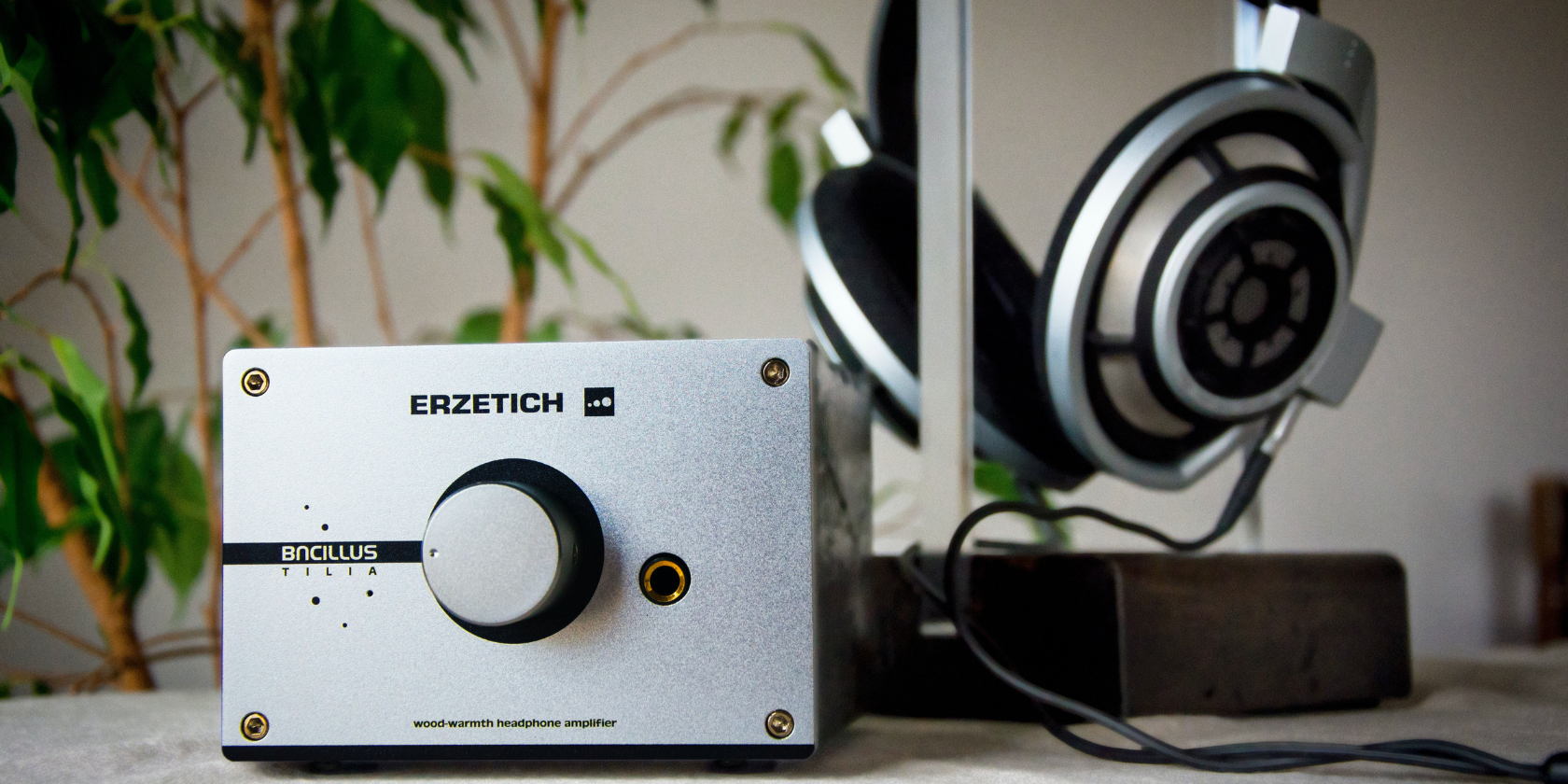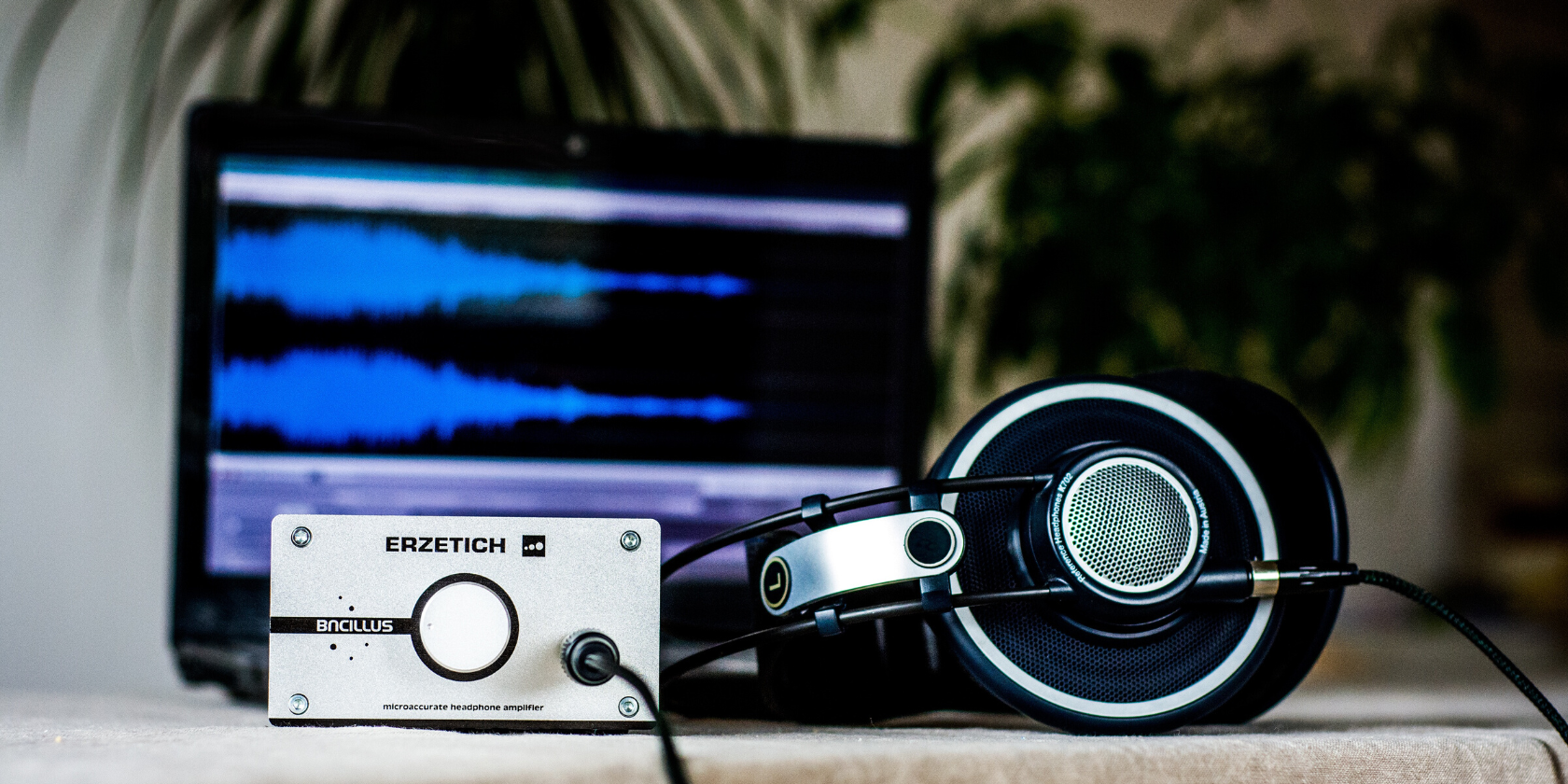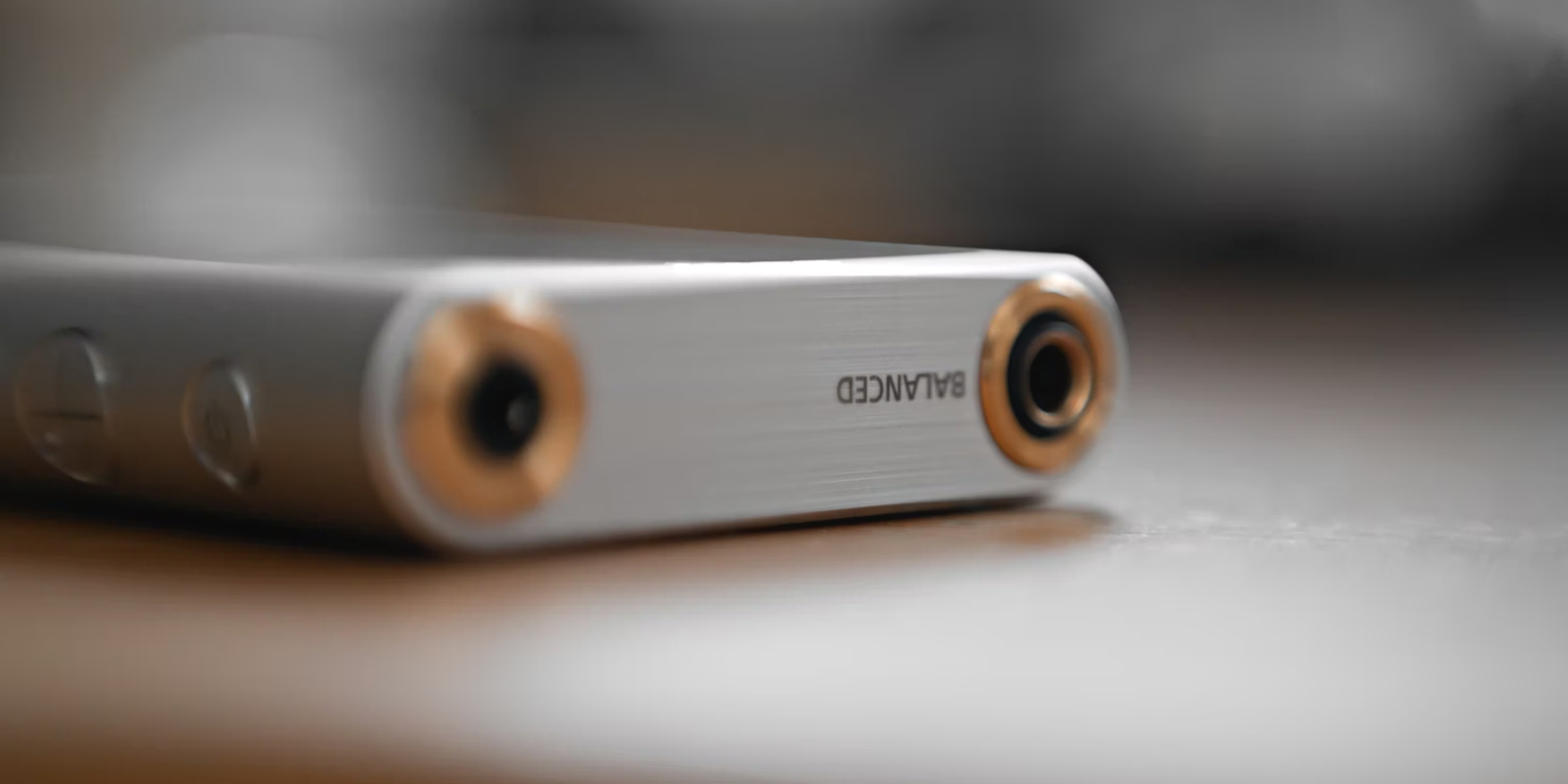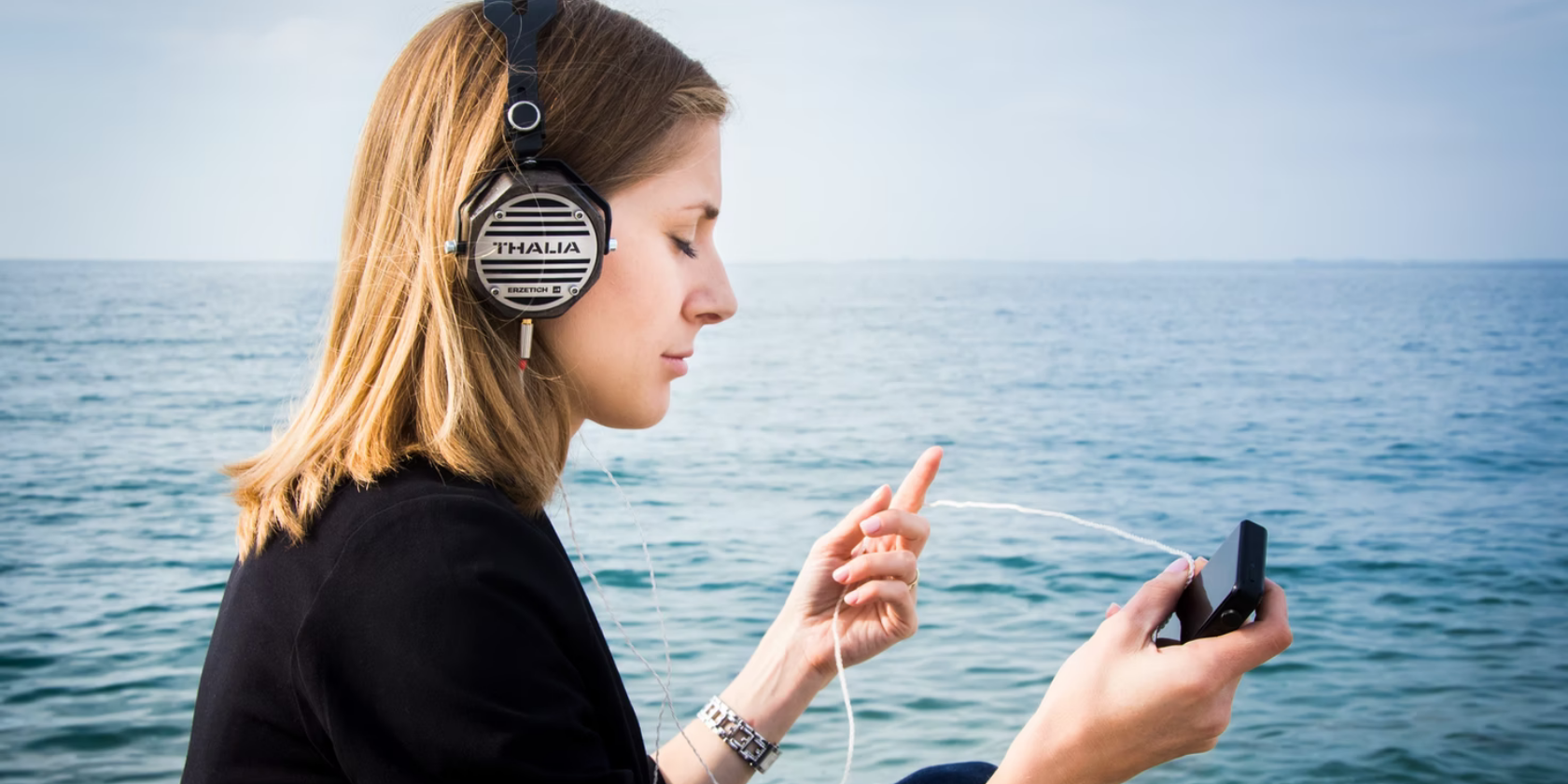Buying a pair of hi-fi headphones is already expensive. Yet, you see audiophiles investing hundreds in additional audio gear like DACs and amps. To someone who's not familiar with the world of hi-fi audio, this expense can seem unnecessary.
But as many audiophiles will tell you, a good audio setup makes a huge difference in your listening experience and allows you to use your high-end headphones to the fullest. In this article, we'll be comparing DACs and amps and seeing when they are necessary.
Who Needs External Audio Gear?
For someone who isn't an audiophile, consumer-grade headphones are convenient enough to listen to audio directly from a smartphone or laptop. But that's not the case if you are an audio professional or simply love listening to audio in its natural form.
Although a great pair of high-end headphones can do most of the work in reproducing sound accurately, sometimes it isn't enough. This is when you need external audio gear like a DAC or amp.
Audio engineers use extra gear to hear audio exactly how it was recorded, as it is necessary for them to identify even the slightest of details and fix inaccuracies. On the other hand, audiophiles use external gear to hear hi-res audio for recreational listening.
What Is a DAC?
A digital-to-analog converter (DAC) is a component that converts digital data into analog waves. Simply put, a song on Spotify exists as a stream of 1s and 0s, and the DAC in your phone converts this info into audible sound waves, which you hear through your headphones.
Smartphones and laptops have a built-in DAC for the same purpose. But if your phone already has a DAC, why do you need an external one? This is because the DAC on your device is not capable of processing high-bitrate audio files.
Bitrate is the amount of data present in one second of audio. The higher the bitrate, the better the audio sounds. When a poor-quality DAC processes a high-bitrate audio file, the sound produced is inaccurate and can even be "noisy." An external DAC solves this issue.
External DACs cost anywhere between $40 and $2000. But if you're just starting, it is a good idea to put at least $100-$200 on a DAC.
What Is an Amp?
An amp or amplifier is a device that boosts the power of a source signal. So, in a nutshell, while a DAC converts the digitally coded song into an analog signal, an amp magnifies the analog signal to make it louder—enough to be audible through your headphones.
Just like how your phone has a DAC, it also has an amp. So you need an external amp only when your audio doesn't sound loud enough, even after you crank the volume all the way up. This happens when the amplification power is inadequate to drive the headphones—making them sound quiet.
High-end headphones usually need more juice to run—due to their higher impedance rating. Hence, you almost always need an external amp to get the most out of your headphones. Although amplifiers start at $20 and go well over $1000, you can find good studio-grade amplifiers between $200-$500.
DAC or Amp: Which One Do You Need?
It can be tricky to identify which device you need because it's not all black-and-white; it depends entirely on the audio setup you have. If your audiophile headphones can play high-res audio seamlessly and don't sound dull or "noisy," chances are you don't need any external audio gear.
You need an external amp if your headphones' impedance rating is not compatible with your device. For example, most smartphones and laptops work well with impedances below 50-60 ohms, and anything above this range needs external amplification.
When there's an impedance mismatch, your headphones start sounding dull, muted, and quiet. That's when you need an external amp.
Conversely, you need an external DAC if your audiophile headphones start sounding irregular or produce unwanted feedback when you play high-res audio.
This isn't always the case, as the latest smartphones and laptops house high-quality DACs. But if you start hearing hissing, humming, popping, or crackling, that's your cue to invest in an external DAC.
Should You Buy a DAC-Amp Combo?
Buying a DAC-Amp combo and buying separately have their pros and cons. Here are a few factors to consider before you check out the cart:
1. Convenience
Right off the bat, a DAC-Amp combo is much more compact than separate units. If you want a portable device for your phone or laptop, then getting a combo might not be a bad idea. But if you need them for your PC and not for traveling, then you can consider getting them separately.
2. Price
DAC-Amp combos tend to be lighter on your pocket compared to buying standalone devices. While you can find good combo units starting from $100, buying a DAC and an amp separately may cost twice the amount.
3. Preference
If you like to experiment with your audio and tune it according to your preference, a DAC-Amp combo might not be for you. Some manufacturers calibrate their audio gear to favor a specific sound signature.
In this case, buying a standalone DAC and an amp is beneficial as you can tailor audio as per your taste by matching different DACs with amps.
Choose the Audio Gear Right for Your Headphones
Most times, a pair of high-end headphones is enough to enjoy high-res music. However, if you start experiencing any issues with your audio, chances are you need external audio gear. A DAC and an amp can help you solve these problems.
Even if you don't face any audio issues, you can still invest in good audio gear to elevate your listening experience. If you have the budget for it, adding a DAC and amp to the mix can make your music sound much clearer, more natural, and plenty audible.

